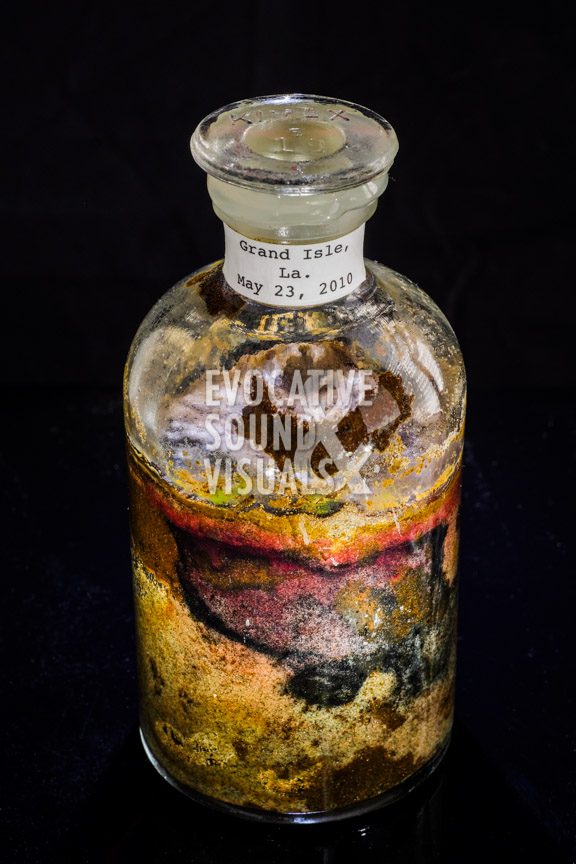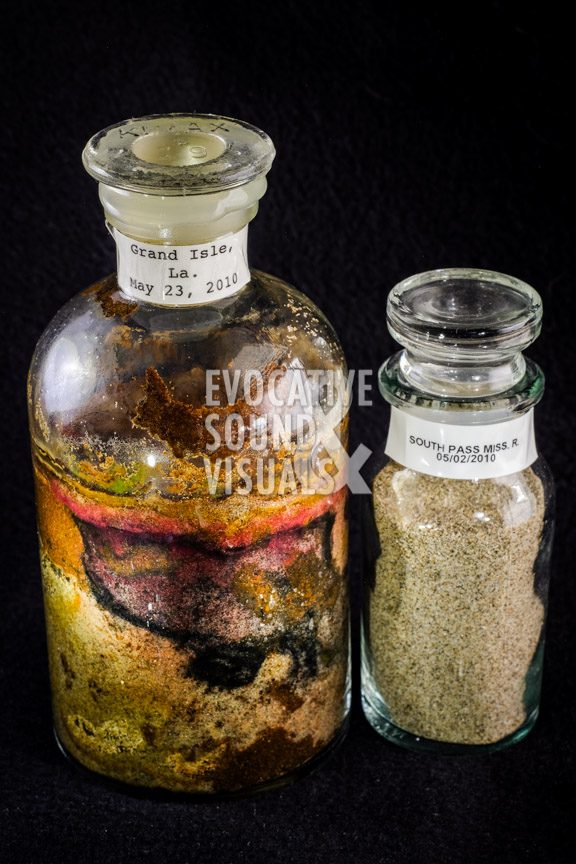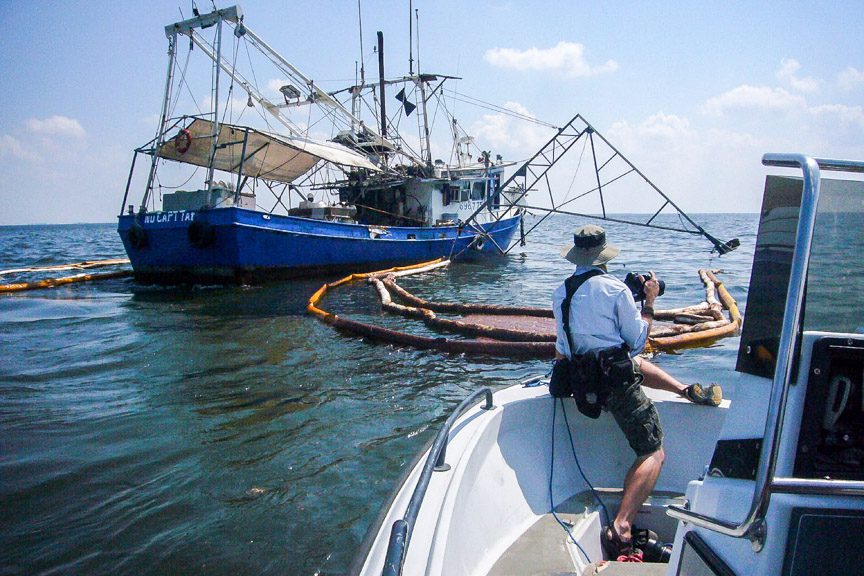A recent move has unearthed the dormant sand collection I keep inside my grandmother-in-law’s vintage American Tourister blue train case. The satin-lined case, complete with a fancy little mirror on the inside, is stuffed from top to bottom with bubble wrap and little glass apothecary bottles filled with sand collected by me and others from across the U.S. and beyond. The collection is on hiatus because here in southwest Idaho there just aren’t a lot of beaches that I know of.

Yes, I’m aware of the argument that if everybody collected sand, there’d be no more sand. I counter with this; every time we welcome driving over a new concrete road or replace our gravel and asphalt driveways with concrete, we are just as guilty if not more. If you’d like to read more about this, I suggest reading author Vince Beiser’s 2018 book The World in a Grain: The Story of Sand and How It Transformed Civilization. Here’s a link to his website. But I digress.
There are two things I love about collecting sand. First, minus sourcing the glass apothecary bottles, the hobby is free. Second, when you line each bottle up side by side you get a good sense of how varied sand is in color and grain structure. This is something you never realize when you’re out on a solitary beach. I find it fascinating, down to the minuscule level.
For me, sand collections are a time capsule for vacations past. Ten years ago I was living in Baton Rouge and covering the BP oil spill along the Gulf of Mexico in Grand Isle, Louisiana for The Advocate. This was no vacation. The beach was a slick, stank toxic brown environmental mess. The sand I scooped up into a water bottle on May 23, 2010, is by far the most interesting and hopefully never-to-be-repeated specimen in my collection. To secure my sand, my bottles get a piece of tape on their stopper and that’s that. This sand was different and needed to be treated much more carefully. I sealed it up with a glue gun on day one and it has been wrapped in layers of bubble wrap ever since. I gingerly take it out from time to time to display.

I’m not going to go into the science of what’s inside this bottle. There are studies out there. Surfactants were used I know that much. Ten years have created interesting and colorful results. The sand was never as colorful as it is today.
I recently promised the bottle to a Louisiana group that has done terrific work over the years fighting the good fight and raising awareness of environmental wrongdoings in Louisiana. They have created a museum. I want this piece to be housed there, to be gazed at with awe and disdain. Now I just have to figure out how to get it there.


